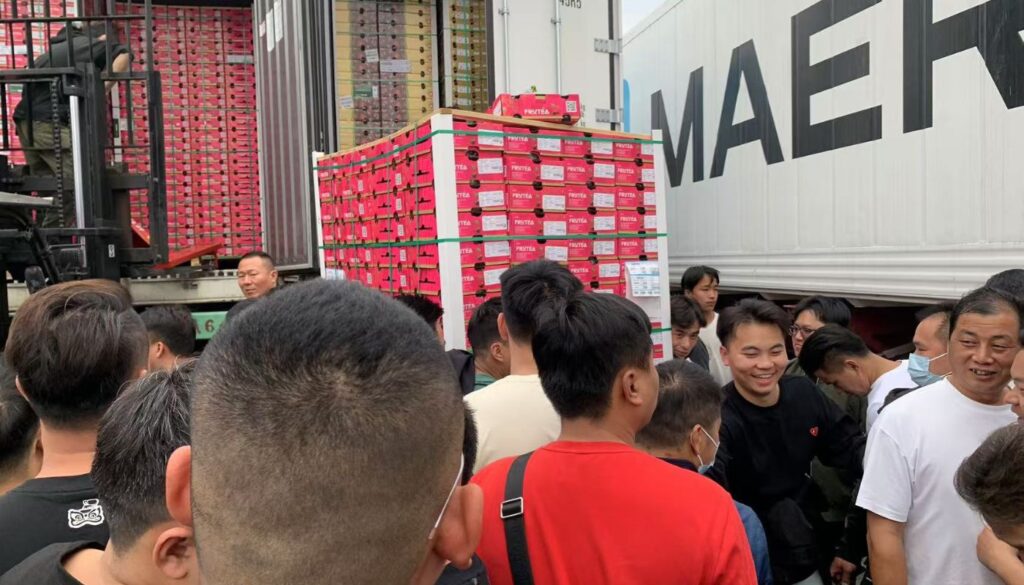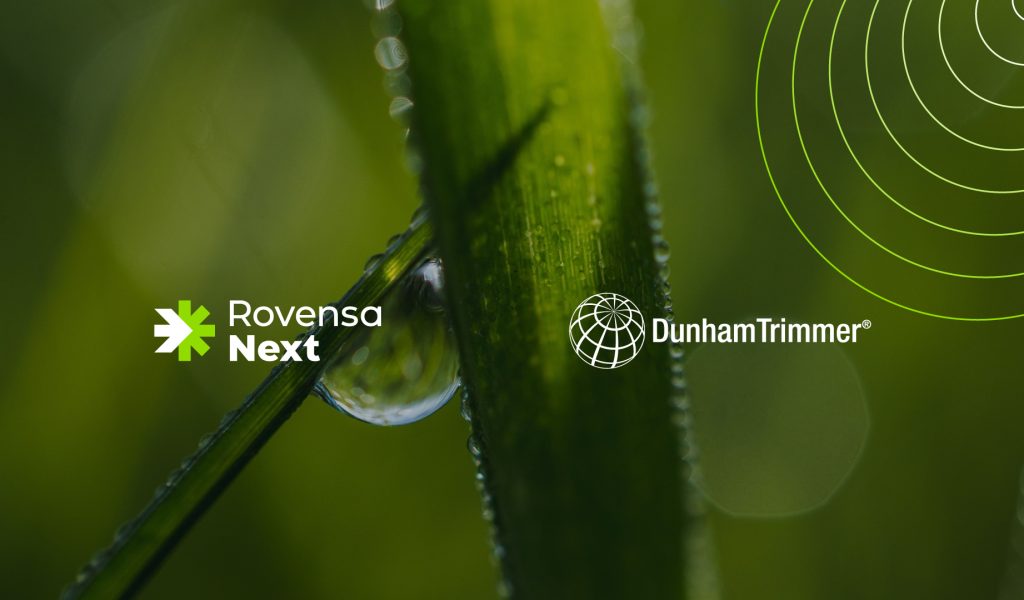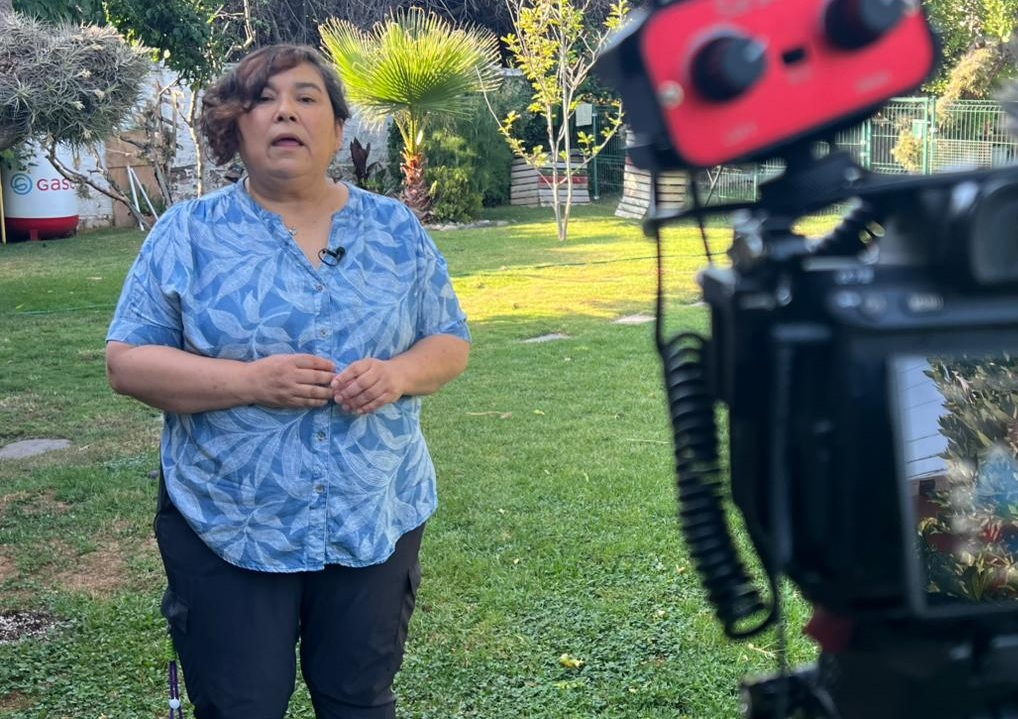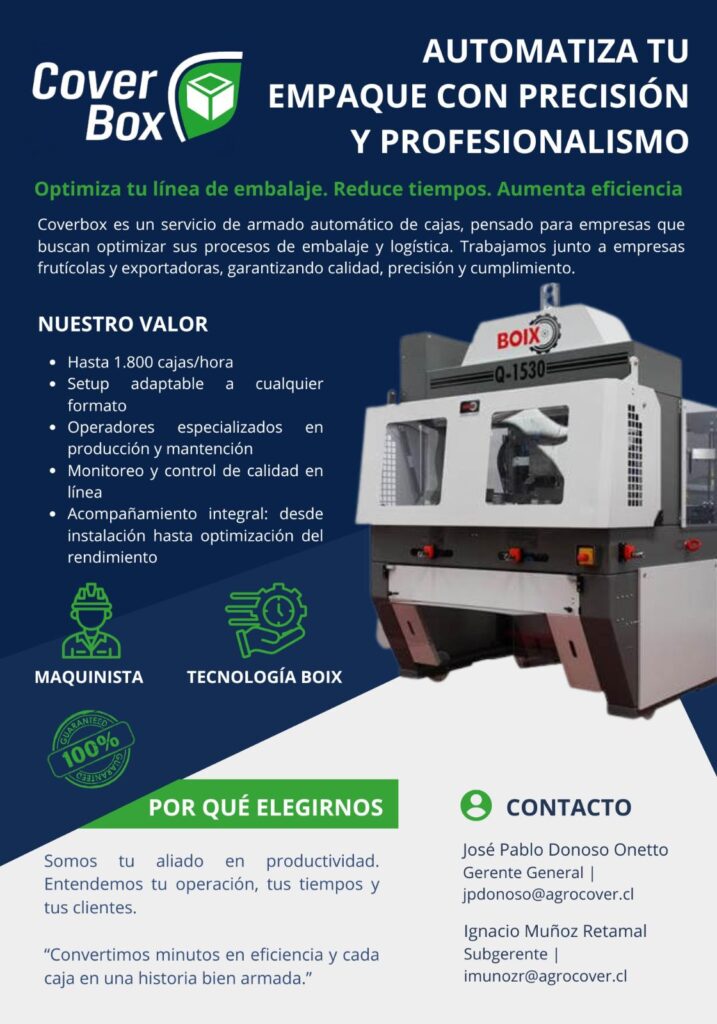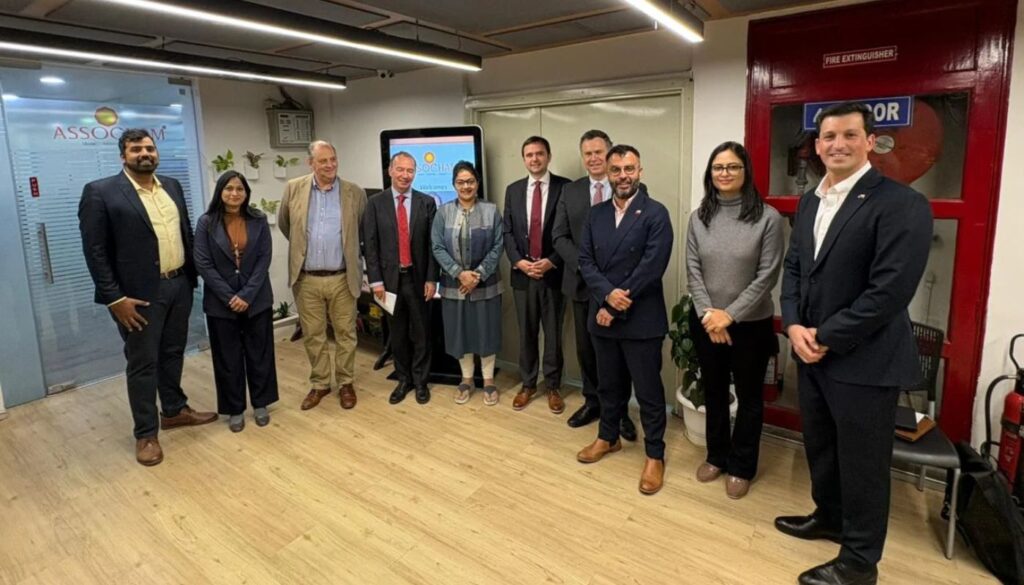It will also be used for planning the use of resources in water crises, for decision-making
decisions in the context of climate change. The time to access data that previously took several days will be reduced to minutes.
This was announced by Ciren's executive director, Katherine Araya Matus, in the context of the seminar held at the Federico Santa María University, entitled: Inventory of Water Resources, organized by the Natural Resources Information Center and which addressed the current situation and projection of water resources in Chile.
Marcela Carrillo, manager of the Fortalece Digital Assistance Network, participated on the occasion.
Aconcagua Quillota SME executed by Corfo and USM, Sergio Guajardo, regional ministerial secretary of Agriculture of Valparaíso, community, academic and sector representatives
agricultural area.
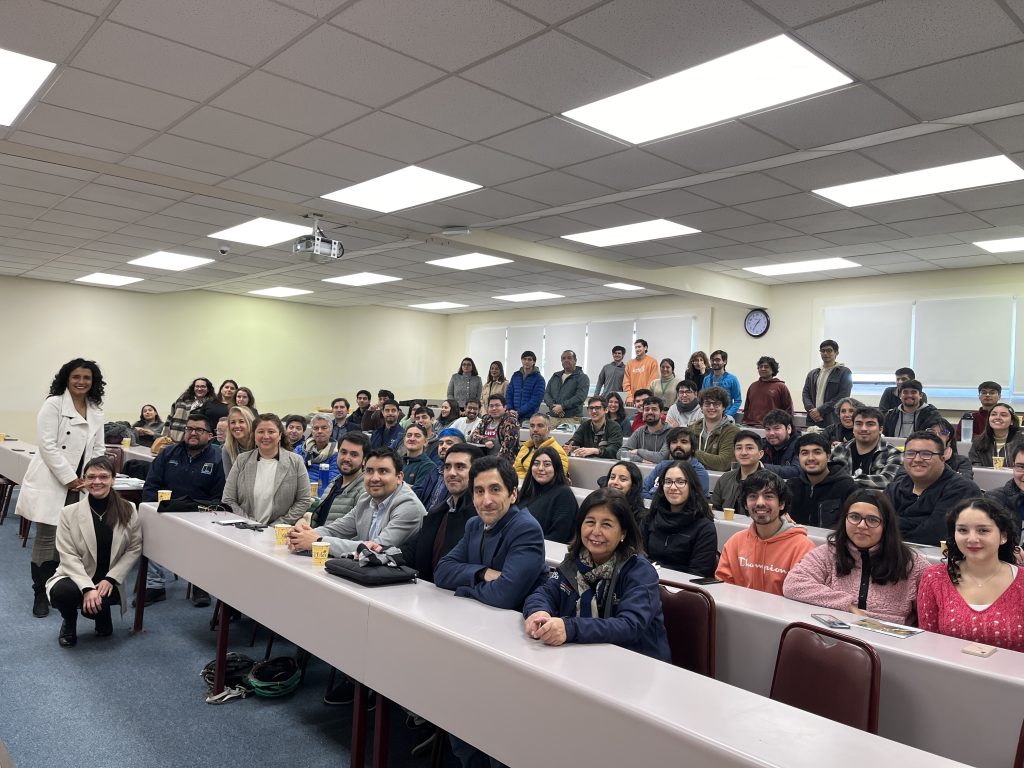
According to the executive director of Ciren, this seminar is part of the Strengthening of Public Goods project carried out by this technological institute and one of its products is to prepare an Inventory of Water Resources for Chile, whose main objective is to respond to the need for information for the different actors specifically on the water situation in Chile, in the context of the climate crisis that is currently being experienced.
“At the seminar we presented the different platforms that Ciren has and that it makes available to the community to democratize information about our country's water resources, but also its infrastructure, through dynamic technological platforms that allow access to information in one click,” said the director of Ciren.
In this way, Carlos Calvo, head of the Public Goods project: Inventory of Resources
Chilean Water Authority, stated that "This seminar allowed us to transfer and disseminate the public good achieved in the Corfo strengthening program, thanks to the sponsorship of the same institution, and allowed us to bring other aspects to the table, such as governance and the democratization of information, which is available to different actors, both from the public and private sectors, academia and civil society, to help make decisions regarding water management."
This tool provides information for different uses and is also available at the DGA, but in a more accessible way. It allows for centralizing and making available information on water flows or availability in a more user-friendly and accessible way and is designed for farmers, consultants, academics, among other actors.
In this inventory of water resources, you can find out the volume of water available in recent seasons and its projection according to the new water situation. In addition, you can find the single-line diagram of water rights or canal extractions. In a future situation, a problem can be solved regarding water rights. “This is the first effort to unify data and look at everything on a single platform,” says Ciren engineer, Marcela Carrillo, meanwhile, she pointed out that the result of this seminar is positive, since the more than 100 attendees who were present virtually and in person at this
meeting, have demonstrated the interest that this topic generates. “The contribution that Ciren makes by making information available to agriculture and the community is important, allowing information to be democratized,” said.
The platform currently has 180 single-line diagrams of different rivers and Water User Organizations throughout Chile. It also contains fluviometric records from 704 stations in the DGA network that have accessible records.
The Seremi of Agriculture, Sergio Salvador, highlighted this initiative and the work carried out by the Ministry of Agriculture through Ciren to achieve this tool that “This will not only allow access to relevant information on water resources, which translates into a series of opportunities for the sector in relation to the implementation of public policies, but it also marks a trend in how our ministry is making use of new technologies to improve access to said information and make it available to users.”
Katherine Araya added that “This is the first time in Chile that there is a technological platform that unifies data from the private sector, public water needs, allows planning of water use in the water crisis, regularizing water rights to surveillance boards and to the users themselves. The distribution of water rights throughout Chile can be visualized graphically, with high technology and quickly. What used to be done in days, today can be done in minutes.”



